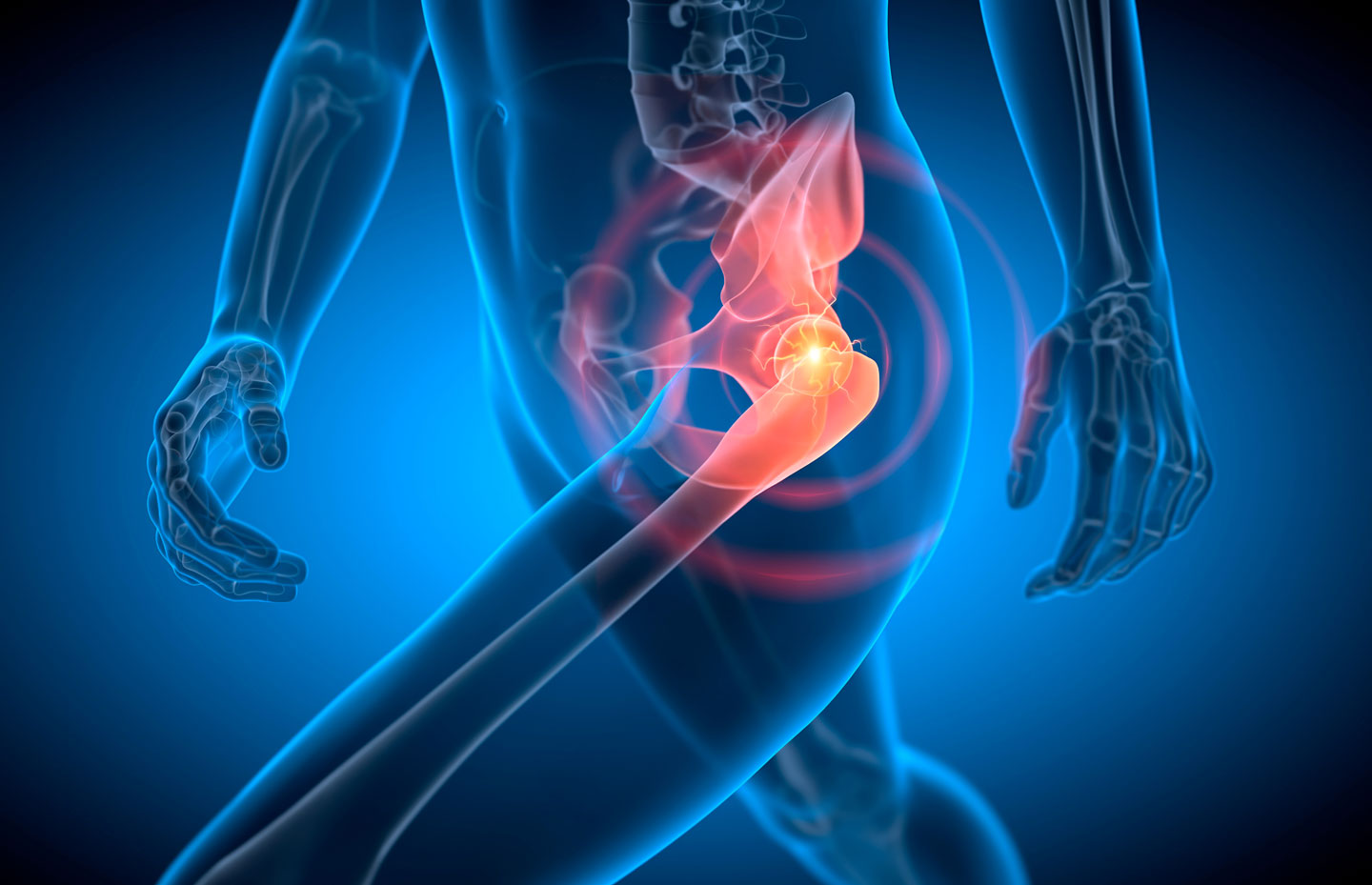Common Conditions We Treat
Our clinic addresses a wide range of pelvic health concerns.
By focusing on these conditions, our pelvic health specialists offer targeted diagnosis and treatment to address the
root causes—not just the symptoms—so you can find lasting relief.
- Chronic pelvic pain: Persistent discomfort in the lower abdomen, groin, or pelvis lasting three months or more.
- Urinary incontinence: Including stress incontinence (leakage during coughing, sneezing, or exercise), urge incontinence, and mixed incontinence.
- Fecal incontinence: Difficulty controlling bowel movements or accidental leakage.
- Pelvic floor dysfunction: Poor coordination or strength of pelvic floor muscles, which causes pain, urinary or bowel symptoms.
- Interstitial cystitis/bladder pain syndrome: Chronic bladder pain, frequency, urgency, and discomfort.
- Postpartum pelvic pain: Pelvic heaviness, diastasis recti, or urine leakage post-delivery.
- Post-surgical pelvic pain or incontinence: Following procedures like hysterectomy, prostatectomy, or pelvic prolapse surgery.
Pelvic Pain & Incontinence Causes and Risk Factors
Understanding the underlying causes of pelvic pain and incontinence is vital for effective treatment.
Identifying these factors enables our clinicians to develop an effective pelvic floor rehabilitation therapy plan to meet your unique needs.
Common triggers and risk factors include:
- Childbirth and postpartum changes: Vaginal and cesarean deliveries can weaken or damage pelvic floor muscles and connective tissue.
- Menopause and hormonal shifts: Declining estrogen levels can thin tissues, reduce muscle strength, and diminish bladder control.
- Pelvic surgery or trauma: Procedures like hysterectomy, prostate surgery, or pelvic repairs may impact neural pathways and structural support.
- Aging: Natural wear and tear on pelvic structures may lead to weakened muscles or impaired nerve function.
- High-impact activities: Running, jumping, or heavy lifting can strain the pelvic floor over time.
- Neurological conditions: Disorders like multiple sclerosis or spinal injuries can disrupt normal bladder/bowel coordination
- Obesity and chronic coughing: Increased pelvic pressure can exacerbate urinary leakage.
Our Treatment Approach
At Stratton Rehabilitation Clinic, our pelvic pain and incontinence physical therapy treatment is rooted in a holistic, evidence-based philosophy:
Comprehensive Evaluation
We begin with a comprehensive medical history, a targeted symptom questionnaire,
a physical assessment—including a pelvic floor muscle evaluation—and any necessary diagnostic testing.
Personalized Treatment Plan
Our physical therapists design a customized rehabilitation roadmap, addressing specific issues such as muscle weakness,
nerve tension, or connective tissue restrictions.
Patient Education and Empowerment
We teach proper pelvic floor exercises, bladder retraining techniques, posture alignment, and ergonomic adjustments for work and life.
Many patients regain control within weeks.
Goal-focused Progress Tracking
Our clinician will monitor your progress using patient-reported outcomes, a bladder diary, and functional performance measures,
adjusting treatment as needed to achieve the best results.
Treatment Options for Pelvic Pain & Incontinence
Pelvic pain and incontinence often share underlying causes, but both are highly treatable with the right approach.
We offer a variety of proven interventions customized to each patient’s diagnosis and goals:
Pelvic Floor Physical Therapy
- Manual therapy and internal pelvic muscle release to relieve tightness.
- Muscle strengthening through biofeedback-guided pelvic floor exercises.
- Soft-tissue mobilization for connective tissue or fascial restrictions.
Biofeedback and Electrical Muscle Stimulation
- Pelvic floor biofeedback devices provide real-time feedback to enhance muscle activation and coordination.
-
Electrical muscle stimulation helps activate and strengthen weak pelvic floor muscles,
making it particularly useful for individuals post-surgery or those with neurological conditions.
Behavioral and Bladder Training
- Bladder retraining techniques reduce urinary frequency and urgency.
- Fluid and dietary adjustments aim to minimize bladder irritants and promote optimal bowel function.
Lifestyle Modification and Education
- Core and posture training to support pelvic integrity.
- Safe exercise regimens for high-impact activities and postpartum recovery.
- Weight management strategies to reduce intra-abdominal pressure.
Medications and Injectable Therapies
- Collaboration with physicians for medications targeting overactive bladder, pelvic pain, or bowel function.
- Injections for bladder “unstoppable” contractions, paired with therapy.
Neuromuscular Re-education and Neuromodulation
- Transcutaneous/posterior tibial nerve stimulation for urge and mixed incontinence.
- Sacral nerve stimulation referrals for chronic, complex bladder or bowel conditions.
Supportive Care and Counseling
- Stress management and relaxation training to reduce pelvic floor hypertonicity.
- Addressing sexual dysfunction, intimacy issues, and psychosocial stressors that can compound pelvic pain.
Frequently Asked Questions (FAQs)
Our pelvic floor therapy FAQs address some of the most common concerns we hear from patients, from what to expect during treatment to how long it takes to see results.
Whether you’re dealing with pain, incontinence, postpartum recovery, or men’s pelvic health issues, we’re here to provide expert, compassionate care tailored to your needs.
How long does pelvic floor therapy take to work?

Is internal pelvic floor therapy uncomfortable or painful?

Can men receive pelvic floor treatment too?

Is pelvic floor therapy safe after giving birth?

Do you treat overactive bladder?

Schedule Your Pelvic Health Evaluation Today
Don't let pelvic pain or incontinence hold you back.
Start your journey toward a stronger, pain‑free, more confident life—Stratton Rehabilitation Clinic is with you every step.
Get on the path to relief today and schedule an appointment with us.



















